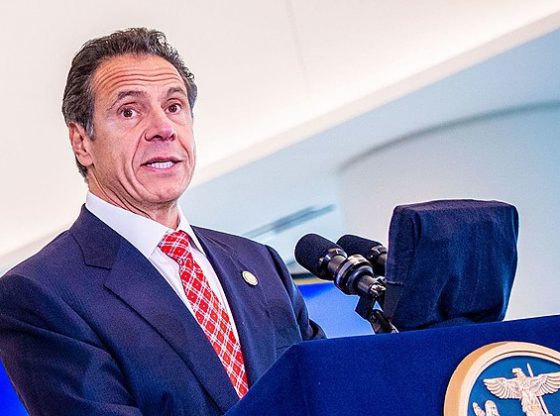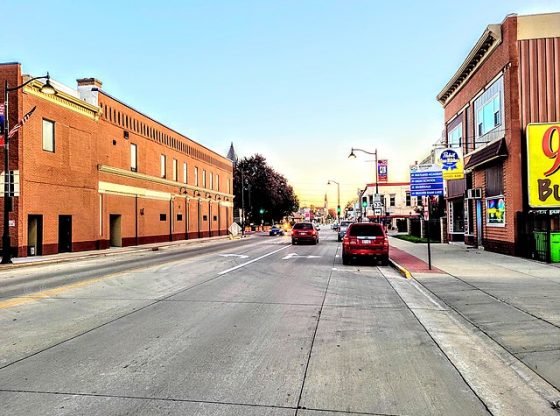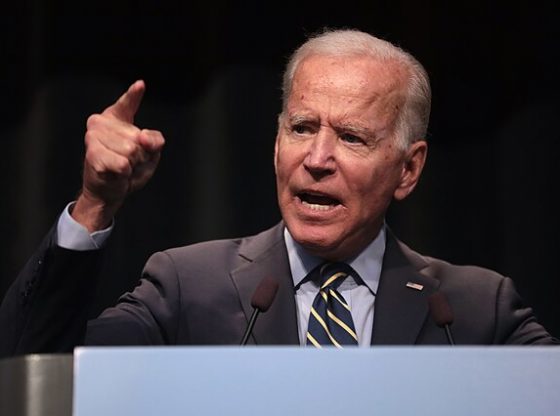California unveiled a huge budget deficit earlier this year, which has led experts to wonder if the state can even balance its budget without relying on short-term gimmicks.
The state is expected to run a $73 billion budget deficit in fiscal year 2024, in accordance with a projected $24 billion decline in tax revenue as people flee the state. The California government faces a number of roadblocks in cutting expenses to balance the budget, such as possible opposition from state unions, and is also subject to typical pressures associated with raising taxes, leaving some “tricks” available to the state, experts told the Daily Caller News Foundation.
“The state can use a variety of budget tricks,” John Moorlach, a former California state senator and current director of the California Policy Center’s Center for Public Accountability, told the DCNF. “Workarounds include timing of expenditures and similar techniques. Financing is not possible without voter approval. But, internal borrowing is in the bag of tricks. I believe it was Gov. Davis who borrowed against the tobacco settlement funding stream to balance one of his annual budgets. But I don’t believe securitizing an existing revenue stream required voter approval.”
The California governor is required to submit a budget by Jan. 10 of every year as directed by the state’s constitution, and if it is found that the budget will run a deficit, the governor must submit additional plans to acquire funding or cut expenses. The budget must be passed by June 15 of that year.
“California is the tent pole of the American economy — in terms of American recovery — in terms of job creation, innovation, entrepreneurial spirit,” Democratic California Gov. Gavin Newsom said in a speech in January talking about the state’s economy and budget. “I dismiss, with respect, that narrative. That’s just folks painting a picture and coloring it in because they’re just focusing on one side of the ledger. I just couldn’t be more proud of the resiliency of this state.”
Newsom and the state’s legislature released a deal in early April, agreeing on a number of different preliminary budget cuts totaling $17.3 billion, with more expected to come.
“Under their approach, just 21% of the $17.3 billion in solutions in the plan that is expected to be voted on this week are actual cuts — $3.6 billion,” Wayne Winegarden, senior fellow in business and economics at the Pacific Research Institute, told the DCNF. “The rest of the plan simply kicks the can down the road through fund shifts, borrowing, delays and deferrals.”
California has a number of huge expenditures weighing on its budget, including having spent almost $24 billion at the state level on combating homelessness over the last five years, with the state still having the greatest homeless population in the country. The state is also looking to build a high-speed rail to connect major cities, with some projections estimating that the total cost will be between $88 billion and $128 billion to complete, while $9.8 billion has already been spent.
The state had a $97.5 billion surplus in May 2022, which Newsom had announced plans to spend on drought mitigation efforts, abortion initiatives and addressing rising costs from inflation.
“In theory, the state can cut enough spending,” Moorlach told the DCNF. “The problem is that the public employee unions will make this extremely difficult for Gov. Newsom and the members of the Legislature. Where would the Legislature raise taxes? If it does it on the wealthy, which has been proposed by Democratic legislators a few times in the last five years, it will only exacerbate the exodus.”
California has experienced a huge outflow of people over the past few years, with the total population declining by 538,000 from July 2020 to July 2023 as residents flee blue states like New York and Illinois and head to places like Texas and Florida.
Around 27,000 tax filers with an adjusted gross income of over $200,000 left the state between 2020 and 2021, cutting into revenues.
Some union leadership has already expressed concern that the state could cut wages or staff to address the budget deficit, according to CBS Sacramento. Bill Hall, board chair at Service Employees International Union Local 1000, said in December that the union was going to have to fight harder to defend its members.
“Should California’s current fiscal crisis follow the same pattern as previous ones, continued budget deficits for the next several fiscal years are likely regardless of the outmigration of people and businesses,” Winegarten told the DCNF. “The risk of continued migration only makes these expected deficits that much worse.”
The economy of California is also facing significant headwinds from increasingly high taxes and poor governance, which have contributed to paltry economic outcomes, with the state’s unemployment rate rising to the highest in the country, job growth remaining sluggish and retail theft cutting into business profits.
“California’s poor fiscal management harms residents every day,” Winegarten told the DCNF. “Thanks to these policies, costs are unaffordable, the state forgoes valuable economic opportunities (such as fracking), and problems like homelessness fester despite spending billions of dollars. Given that the state continues to offer more of the same, it is likely that these costs on the average citizen will persist as well.”
The California governor’s office deferred the DCNF to Newsom’s previous statements.
















